Mexican embroidery traditions are a colorful and lively part of the country’s culture. They are much more than just pretty stitches on fabric-they show the deep connection people have to their past, their communities, and the world around them. These embroidery styles bring together old indigenous patterns with techniques and ideas brought from Europe during colonial times, making a wide range of unique and beautiful styles. While these traditions change and grow over time, they still keep their long history alive.
The charm of Mexican embroidery comes from its detailed patterns and bold colors, but even more from the meaning behind each design. Through their work, artisans share stories about their families, beliefs, and everyday lives. Every stitch tells a bit of history and shows the strong, creative spirit of Mexican culture.

What Are Mexican Embroidery Traditions?
Mexican embroidery traditions cover many types of textile art and a variety of ways to decorate cloth. These are not just for decoration; they are a way for people to remember their past, show their identity, and express strength as a community. For example, the fancy designs on wedding huipiles or the playful animals stitched by the Otomi people are more than simple decorations-they each represent stories and local heritage.
What makes Mexican embroidery stand out is its mix of very old ways of working with newcomers’ influence. It combines indigenous methods with European ones, sometimes even using new fabrics and threads, which helps this art stay true to its roots but also keeps it fresh and inventive.
What Makes Mexican Embroidery Special?
Mexican embroidery is different from other traditions because of a few important reasons:
- It has very old roots, going back to the Maya civilization, where people used threads not just for clothes but also for sacred symbols and decoration for special occasions.
- After the Spanish arrived in 1519, new stitching styles were taught all around Mexico. Spanish and other foreign threads and designs mixed with the native ways, so now we see both Christian and indigenous symbols side by side.
- Embroidery is not just for special people-it is often a family and community skill, taught by mothers and grandmothers, passed down to children. This makes every piece very personal and meaningful.
For example, the Campeche-style huipil uses black embroidery on white fabric and may include designs like flowers, ships, and city walls, showing pride and connection to the area.
How Have Embroidery Techniques Changed in Different Regions?
Embroidery methods in Mexico have changed a lot from place to place. Before Spanish rule, decorative stitching was already part of Mexican textiles. After the Spanish arrived, new styles like “whitework” became common, especially for church clothing and ceremonial linens. In this technique, stitches are the same color as the base fabric, making a subtle, lacy effect.
Later on, more ways of stitching appeared, such as satin stitch for animals, flowers, and birds, and special stitches that allow nice shading in pictures. The 1800s saw cross-stitch become very popular, filling many household linens with patterns of animals and plants. Glass beads also became part of embroidery when they were easier to get. Each area of Mexico developed its own favorite styles, based on the people, materials, and outside influences found there.
| Region | Main Motifs | Common Techniques |
|---|---|---|
| Oaxaca | Flora, birds | Satin stitch, weaving |
| Hidalgo (Otomi/Tenango) | Animals, natural scenes | Blind stitch, cross-stitch |
| Chiapas | Cosmological patterns | Backstrap loom, embroidery |

How Did Mexican Embroidery Traditions Develop?
Mexican embroidery came about through a long story, which includes old indigenous ways, changes brought by Spanish colonization, and the strength of family and community ties. This means every piece has both a sense of history and a feeling of cultural pride.
Pre-Hispanic Roots and Indigenous Influence
Long before Europeans arrived, people in what is now Mexico used threads for practical clothes but also as decoration for special or sacred purposes. Although many old fabrics have been lost due to climate, those that remain show that art with cloth was already important for groups like the ancient Maya. Many of the shapes and patterns we see in Mexican embroidery today-animals, plants, and mythological creatures-can be traced back to these early times.
Impact of Spanish Colonization on Embroidery
When the Spanish conquered Mexico, things changed a lot for embroidery. New stitches and designs came in, spread by missionaries and nuns who used embroidery for church items. One important new style was “whitework,” where the thread matches the fabric. Indigenous women were taught these new methods, but they found ways to include their own traditional designs, turning it into a blend of cultures. Imported textiles and new materials from other parts of the world added even more variety.
The Importance of Family and Community
Learning to embroider is mostly done at home, passed from mothers and grandmothers to daughters, often starting at a very young age. Girls usually learn by watching and doing, not just from patterns. Women often work together in small groups, sharing stories as they stitch. This way, local styles and secrets are kept alive and passed on, making embroidery both a family and community tradition.
What Materials and Tools Are Used in Traditional Mexican Embroidery?
The special look and feel of Mexican embroidery depends a lot on the tools and materials that are chosen. Even though some things have changed with modern methods, many artisans still use the same types of threads and fabrics as in the past, which gives the work its traditional look and meaning.
Usual Threads, Fabrics, and Colors
- Threads: Mostly cotton, silk, or linen, dyed with natural materials for rich and bright colors. Metallic threads such as gold or silver are used for special occasions.
- Fabric: White cotton is common for clothing like the huipil, and linen is also used, especially for items meant for churches.
- Beads: Glass beads became a favorite for certain people, especially after they became easier to get from outside Mexico.

Popular Stitches and Methods
- Whitework: Includes “deshilado” (removing some threads from the fabric and stitching around what’s left) for a lace-like look.
- Satin/Flat Stitch: Used for solid colored shapes, like animals and flowers.
- Cross-Stitch: Became very popular in the 19th century for animals, birds, and plants, especially on household items.
- Otomi Blind Stitch: A hidden stitch style that makes front patterns dense and bright, with nearly invisible backs.
- Couching: Threads laid on top of the cloth, tacked in place with smaller stitches, for shiny or metallic patterns.
What Are the Main Types of Mexican Embroidery?
Mexican embroidery isn’t the same everywhere. Different regions and groups have their own unique styles and meanings. Here are a few well-known examples:
Otomi Embroidery (Tenangos)
- Originates from Tenango de Doria in Hidalgo.
- Uses bold colors and patterns with animals, birds, and plants inspired by, local myths and paintings found in caves.
- Usually made on white or ivory cotton and filled in with colorful wool or cotton threads using a blind stitch.
- Making a large piece can take up to a year.
- Became better known in the 1960s as a way for Otomi families to earn money during a drought.
Tenango
Similar to Otomi embroidery and sometimes used as the same term, Tenango style stands out due to:
- Lots of color and complex, handmade designs
- Patterns that show daily life or stories, not just for decoration
- Very bright thread on white fabric
- Strong connection to Otomi identity
Huipil Embroidery
- Huipil is a traditional tunic for women, woven on a simple loom, then decorated with embroidery.
- Designs often have deep meaning: trees, birds, and animals like the feathered serpent, showing links to ancient beliefs.
- Embroidery is placed around the neckline and sleeves, both for beauty and for protection.
- Older huipiles can be extremely detailed, especially in places like Oaxaca.
- Even though some modern huipiles are simpler, they are still symbols of cultural identity.

Mazahua, Purepecha, and Other Styles
- Mazahua: Known for dense, colorful flowers using satin stitch, mainly found in the State of Mexico and Michoacán.
- Purépecha: Recognized for geometric shapes and animal figures, often stitched on dark backgrounds.
- Other groups, like those in Chiapas, Oaxaca, and Jalisco, all have distinct designs, colors, and meanings in their embroidery.
What Does Mexican Embroidery Mean to Its People?
Mexican embroidery is a meaningful tradition through which people share part of who they are. Every design, color, and shape is chosen for a reason and often tells a story about local myths, daily life, or personal emotions.
Symbolism in Designs
- Designs often include animals, birds, fruit, flowers, and everyday scenes, and each one means something special to its group or region.
- The “tree of life” shows up often, reflecting ideas from old native beliefs.
- The eagle with a snake (based on the legend of Tenochtitlan) has become a national symbol.
- Geometric shapes, birds, and plants in samplers also have meaning beyond their beauty.
Showing Gender, Identity, and Status
- Embroidery is often used to show where a person is from, which group they belong to, and sometimes their marital status.
- Women usually learn embroidery from other women in their family, making it a key way to keep traditions alive.
- Some families rely on embroidery as a main source of income, helping women get financial independence.
Embroidery as Storytelling and Part of Ritual
- Artisans often use their work to tell stories, recreate legends, or represent everyday life.
- Embroidery can be relaxing and meditative, giving the maker a chance to reflect and put their feelings into their art.
- Certain clothes-like huipiles-are worn for big life events, like weddings or festivals, and these pieces often become treasured family items.
- At festivals like the Guelagetza in Oaxaca, embroidered outfits are a big part of the celebration.
How Do People Keep Mexican Embroidery Traditions Alive Today?
Even as the world changes, people are working hard to keep Mexican embroidery alive. Some do it by sticking to traditional ways, while others adjust to new economic and cultural realities. Here’s how:
Artisan Groups and Workshops
- Cooperatives and workshops help artisans by giving them a place to work together, learn, and get fair prices for their art.
- These groups allow older members to teach younger ones and help protect old techniques.
- Working together makes it easier for women to earn a living and support their families and keeps the community’s style strong.

Impact of Global Markets and Fashion
- Interest from outside Mexico has brought new buyers and better pay for artisans, as well as attention from museums and designers.
- However, more demand can mean some traditions are lost, as people try to speed up the process or change designs to appeal to bigger audiences.
- There is also a risk that designs may be copied without respect for their source. Some designers now work directly with communities to avoid this issue.
Problems and Solutions in Protecting Embroidery Traditions
- Faster, factory-made threads and fabrics make things easier but sometimes reduce the look and feel of old techniques.
- The unique skills and stories behind each piece may be lost if mass production takes over or if fewer young people learn embroidery.
- Cooperatives, education, fair-trade labels, and intellectual property protection are ways people try to keep the art honest and traditional.
How Can You Experience and Help Mexican Embroidery Traditions?
If you want to support Mexican embroidery, you can do so while also enjoying and learning about this cultural art. Here are some ideas:
How to Buy Genuine Embroidery
- Buy directly from artisans or their cooperatives, especially in regions known for textiles, like Oaxaca, Hidalgo, or Chiapas.
- Look for handmade details, little flaws, and patterns you don’t see in mass-produced items.
- Ask about the background of a piece. Different places have different styles.
- When buying online, use sellers who clearly support artisans and give details about where and how the items were made.
See Embroidery in Museums and Exhibits
- Visit museums like Mexico City’s National Museum of Anthropology, the Museum of Folk Art, or the Oaxaca Museum of Textiles for a closer look at traditional and modern pieces.
- Globally, places like the Victoria and Albert Museum in London also have collections highlighting Mexican embroidery, sometimes as part of bigger exhibitions.
Learn Through Workshops and Resources
- Some artisans and cultural centers in places like Oaxaca, Hidalgo, and Chiapas offer workshops where you can learn techniques and hear the stories behind the styles.
- Online classes and downloadable patterns are becoming more common, letting people from anywhere try embroidery at home.
- Museums like the V&A share free patterns for people to start their own projects in the style of Mexican embroidery.


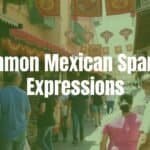


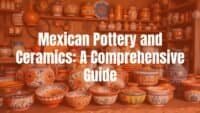

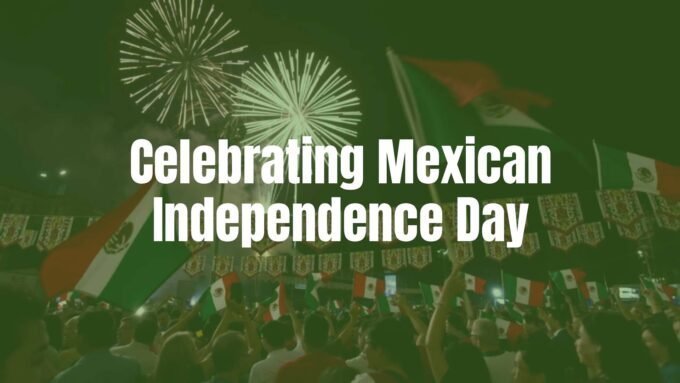
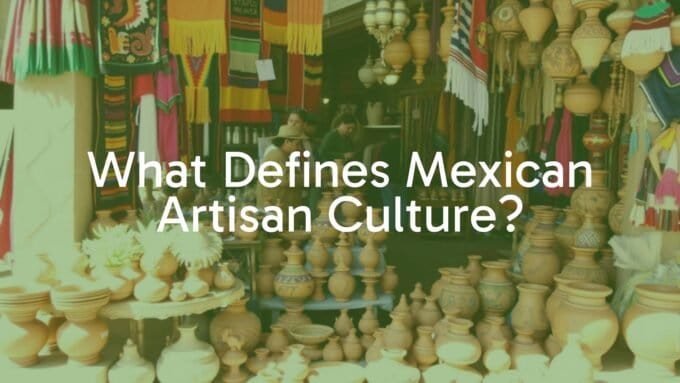
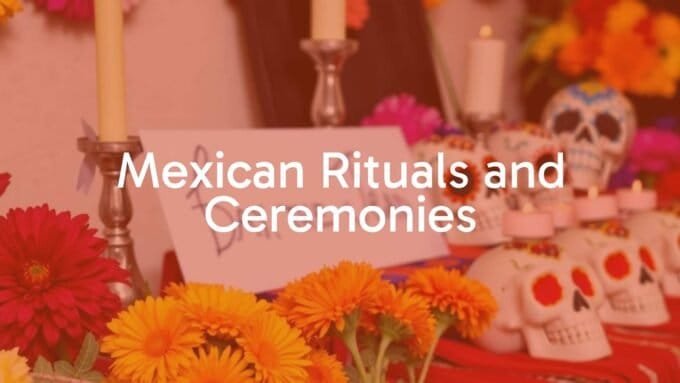


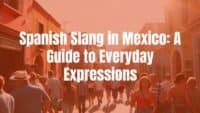
Leave a comment